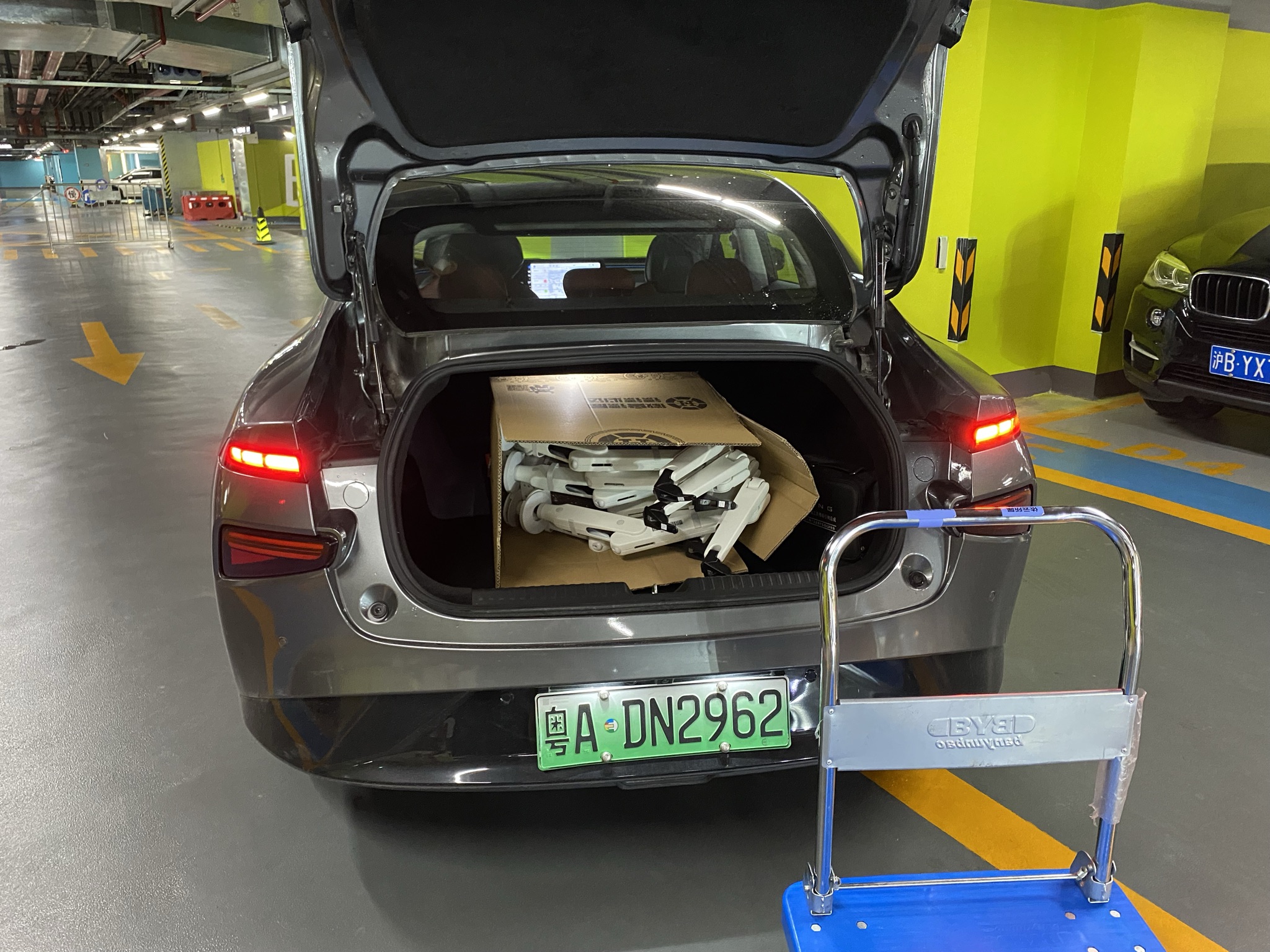More than half a year ago, I went to the showroom to see the real cars of XPeng P7 and G3. At that time, my feeling was that the style was not quite to my liking, so I didn’t pay much attention. After the Dragon Boat Festival holiday, I had the opportunity to have a long test drive of the P7 for over a week, and I would like to briefly share my feelings. First of all, the shortcomings, especially the “tacky” taste. To elaborate, the taste was lacking and the details were very rough.
What to say about the taste? Many times, the sense of ceremony is too deliberate and grandiose. When the Auto Hold is activated during driving, the headlights will turn off, and instead, the front and rear light strips will play a dynamic “light language” that lasts about 10 seconds, accompanied by a (played outside the car!) piece of music. The magical female voice greeting when getting into the car is also very embarrassing: “Hello, Pang-friend, step on the accelerator pedal lightly, and let’s set off together with our dreams~”
Fortunately, XPeng has set a switch for many features, so if you don’t like them, you can turn them off, giving users the opportunity to choose and meet the different needs of as many people as possible. I always thought that the weird camera on the roof of the G3 was strange, but XPeng is actually iterating and changing. They no longer use such functions as selling points.
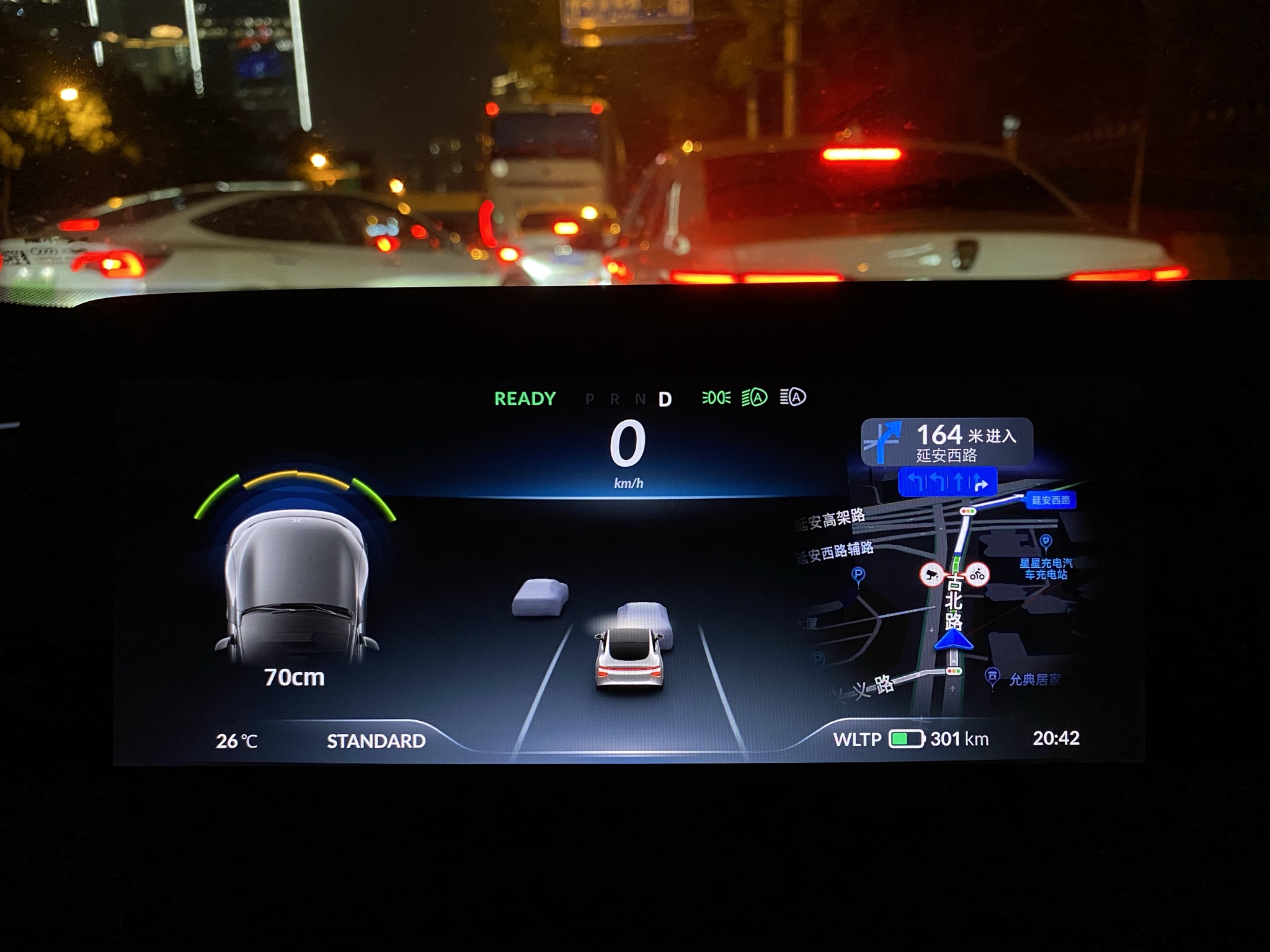
There are many problems with the details, such as the poor hand feeling of the steering wheel buttons, the feedback is very vague, the touch+button operation seems convenient but is actually the opposite, the touch (rotation) has no feedback and it is completely impossible to blindly operate; the button will judge whether the operation is successful based on the touch, making it difficult to know if the operation has been successful. The problem that Teddy mentioned about the loud lock sound also startled me the first time I got in the car, sounding as if it were broken; the atmosphere lights were fine (because I couldn’t see them clearly at night), but when they were turned off during the day, the semi-transparent white plastic strip was rather cheap-looking.
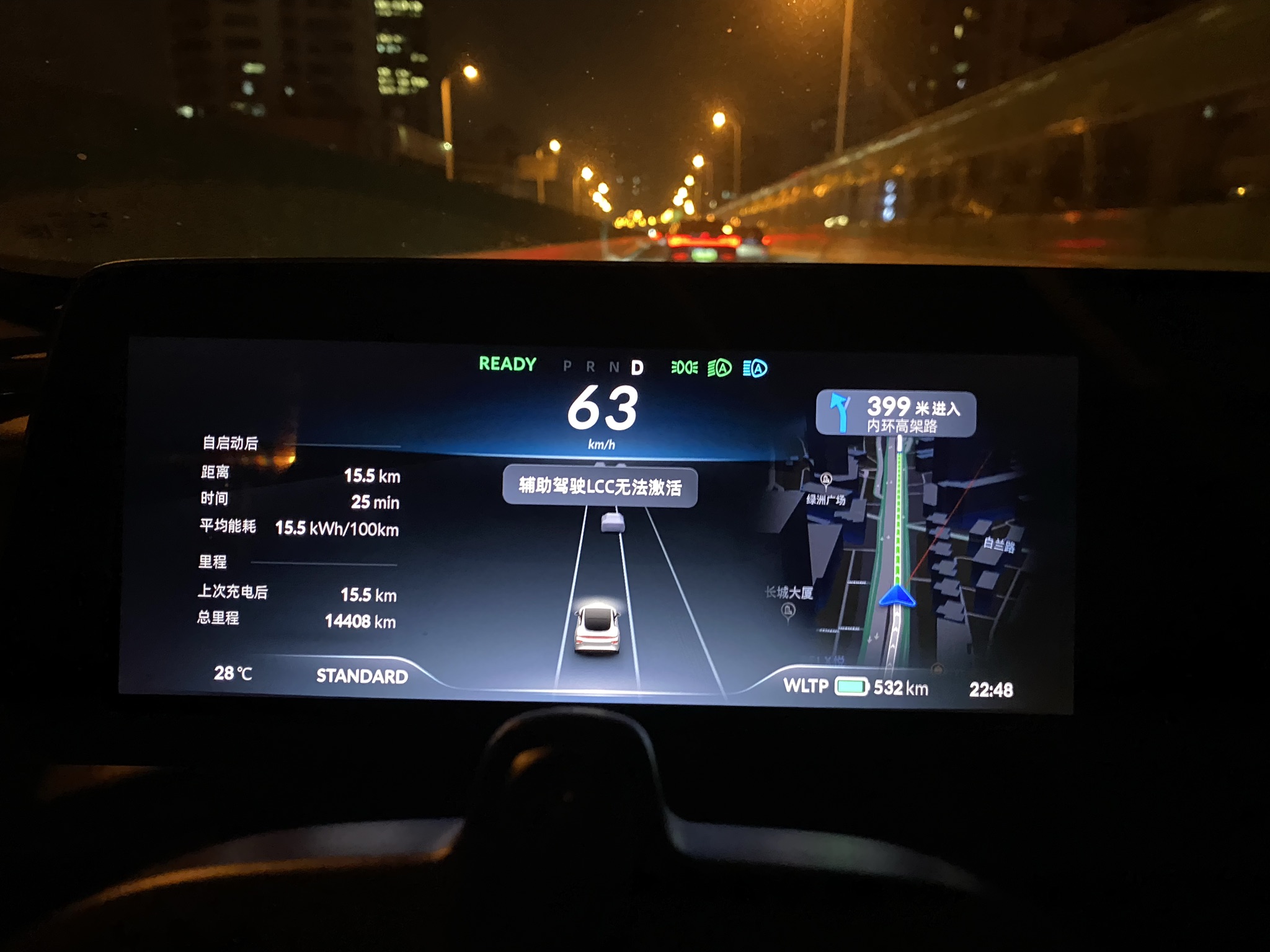
In addition to taste and workmanship, the overall design and specific implementation of the P7 are sometimes a bit disconnected. It seems that they added certain functions just for the sake of having them without considering the user’s scenarios, the positioning of the car model, the values the brand conveys, or even what kind of tone it should have.
 P7 has rich car multimedia functions, with an app store, and besides its own Cool Dog Music, it also provides Netease Cloud Music and QQ Music, which is quite good. However, third-party applications are almost not adapted to the car’s UI, and the interface is like a large-screen elderly mobile phone. As for why Damai website and Benghuai 3 should be played on the car…I don’t know. In addition, XPeng P7 has to a certain extent sacrificed space and practicality for appearance and driving control. The opening of the trunk is small, and the loading capacity is limited; the utilization rate of the interior space is not high.
P7 has rich car multimedia functions, with an app store, and besides its own Cool Dog Music, it also provides Netease Cloud Music and QQ Music, which is quite good. However, third-party applications are almost not adapted to the car’s UI, and the interface is like a large-screen elderly mobile phone. As for why Damai website and Benghuai 3 should be played on the car…I don’t know. In addition, XPeng P7 has to a certain extent sacrificed space and practicality for appearance and driving control. The opening of the trunk is small, and the loading capacity is limited; the utilization rate of the interior space is not high.
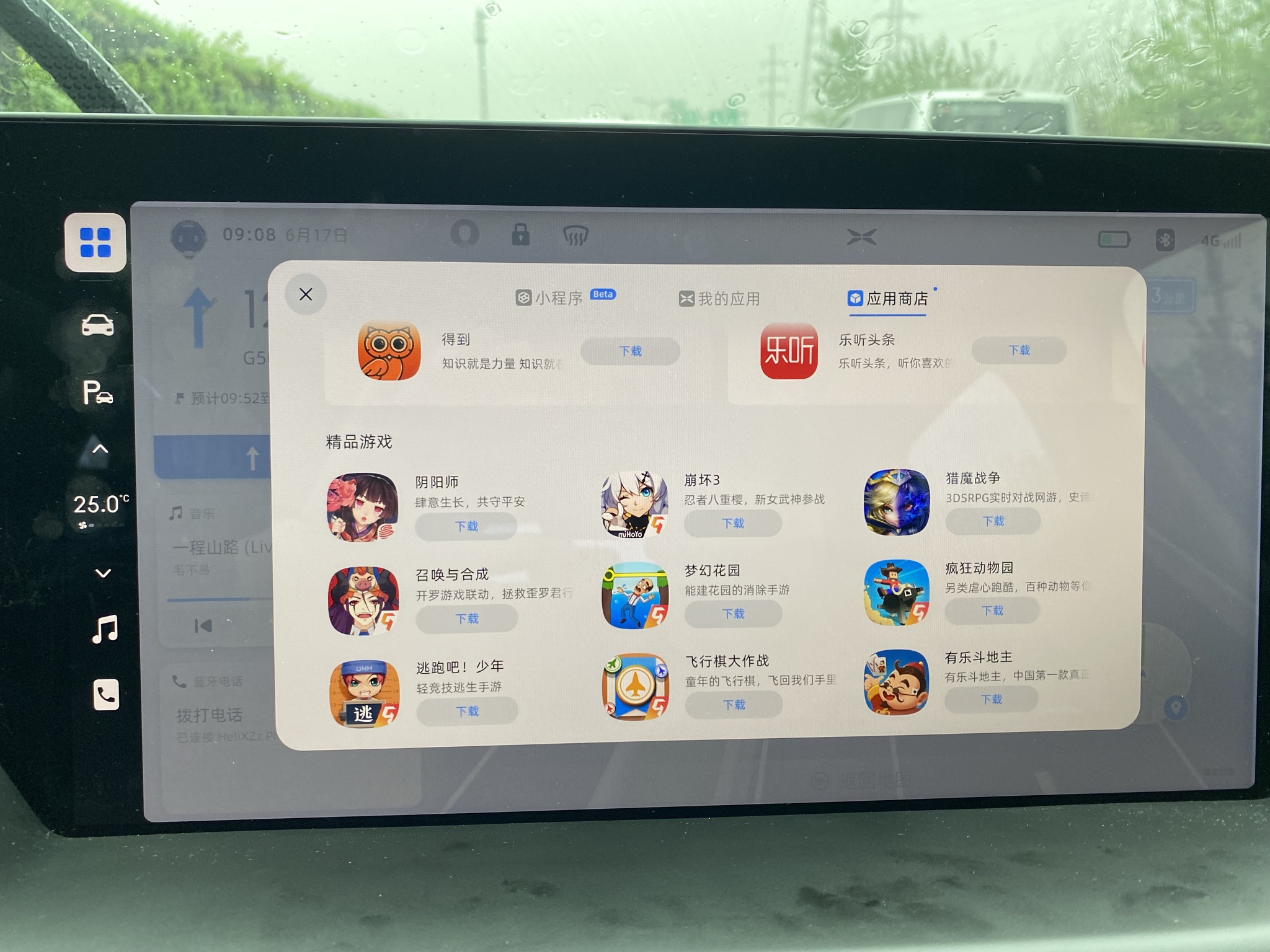
Speaking of strengths, P7 also has its merits.

First of all, there is the agile XPeng AI, rich car multimedia, and driver interface with abundant information. XPeng’s voice assistant is at a leading level among the new forces in the car-making industry. It can have a continuous conversation and distinguish whether the driver is talking to XPeng or chatting with someone else. Almost all the functions that can be controlled in the center console of the car can be accomplished through the voice assistant. Compared with it, although Nomi by NIO is cuter, its intelligence is almost negative. P7’s car navigation is the best experience of car navigation that I have ever used, zooming conveniently, reacting quickly, providing comprehensive information, and having clear indications.
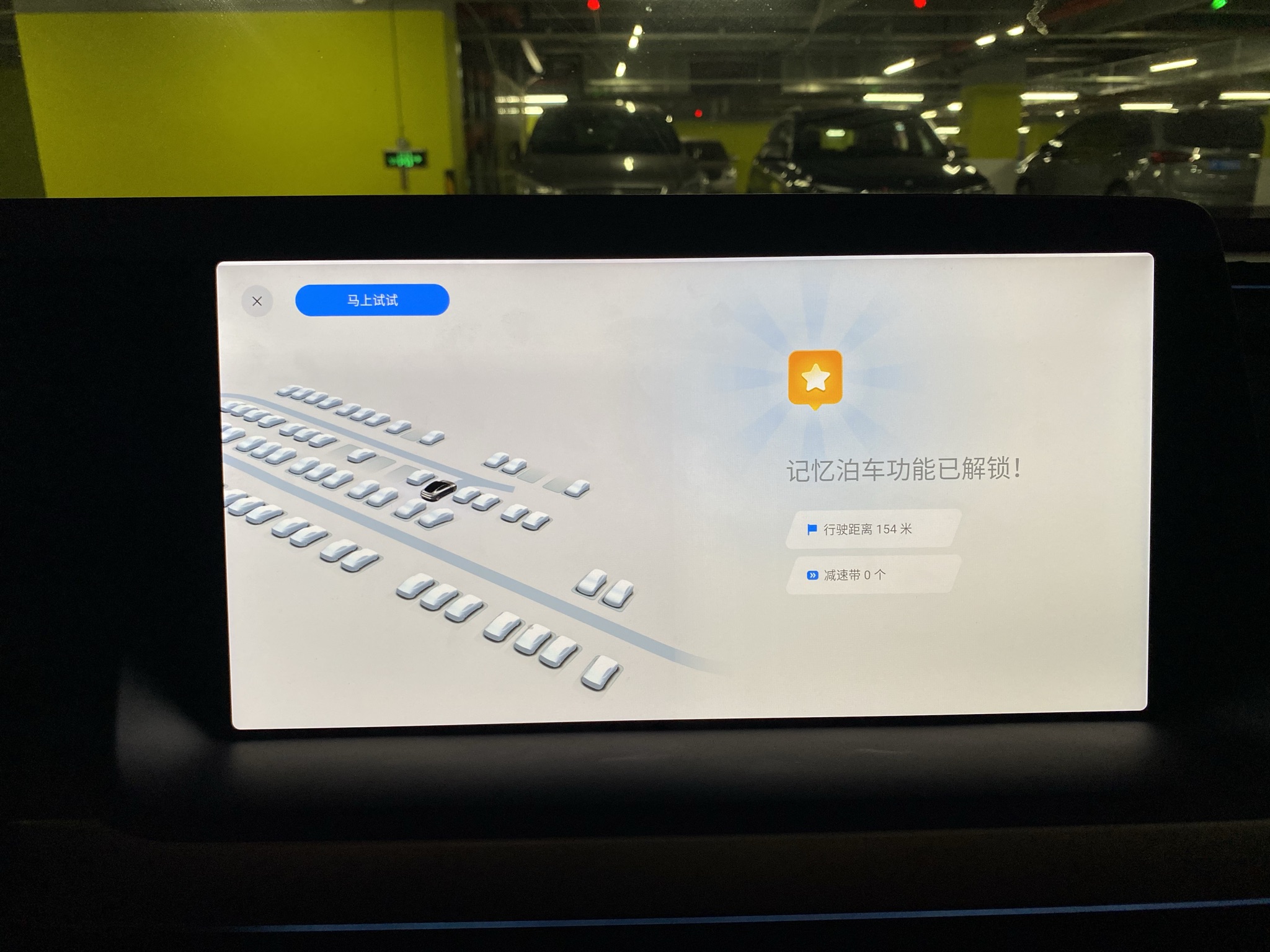
The UI of the dashboard can also receive high praise. When following a car closely, the distance of obstacles detected by the radar will be immediately visualized on the left side of the dashboard, with accurate distance indication, and the same quick reaction as the car multimedia system. The key point of the route during navigation will also appear on the right side of the dashboard. In addition to displaying other cars and pedestrians detected near the vehicle in the middle, it will also accurately display the real-time position of the car in the lane, so it is easy to check and confirm the situation when passing through narrow lanes. The overall interface layout is reasonable, with aesthetic appeal.
Then there is the relatively smooth driving experience. On this point, opinions on the Internet vary. Some experts claim that the driving performance calibration of P7 is poor and the chassis handling is not good. I haven’t driven many cars, but I think P7 drives quite well, giving people enough confidence. Of course, compared with my own EC6, the performance gap is obvious, but for city driving, such power is absolutely sufficient, and the flexibility and following ability shown by P7 when changing lanes, overtaking and weaving through traffic, are quite good, making the drive very comfortable.Then let’s talk about the assisted driving. XPeng’s NGP (Navigation Guided Pilot) is more aggressive in driving than NIO’s NOP (NIO Pilot), and it feels more like an experienced driver. Especially when there is a slow car in front that affects the speed, NGP will actively change lanes to overtake, and the efficiency of passing on the highway is significantly higher than NOP. In the latest OTA update, there is also an option to flash high beam to remind the front car before automatically changing lanes.
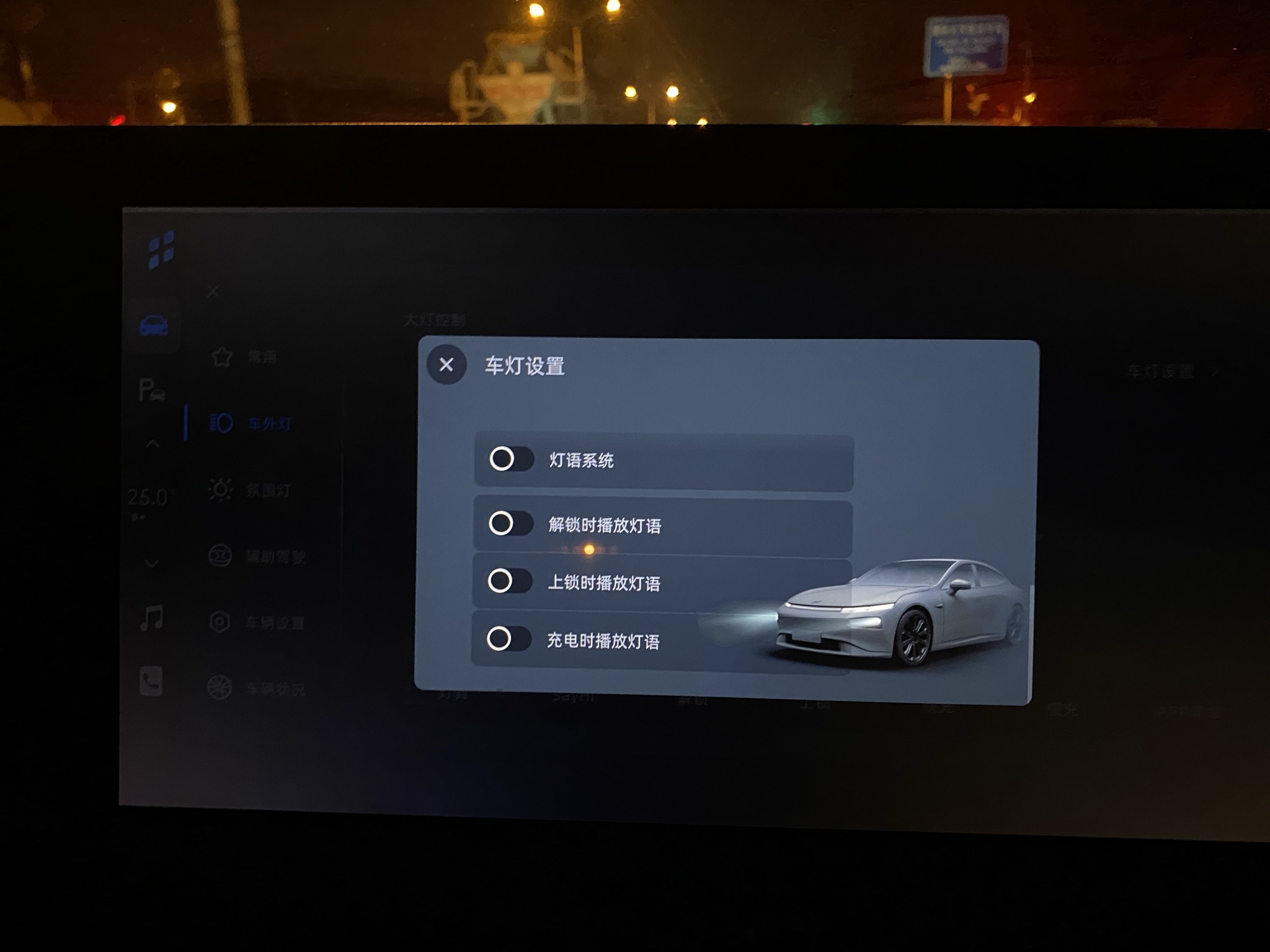
The only drawback is that NGP has too many minor adjustments during cruising, such as small accelerations and decelerations of the car every one or two seconds, which feels a bit rigid, perhaps in pursuit of precise control of the distance. In fact, we don’t need to closely follow the car in front of us during the cruise. There is an appropriate space, and it doesn’t matter if it’s a little further or closer briefly. This will improve the driving experience for both drivers and passengers.
The recent OTA update of Memory Parking is a very impressive feature; I have been looking forward to experiencing it after watching the released video. I tried both Memory Parking and Automatic Parking in the underground garage under my office building and the shopping mall, and found that P7’s parking space recognition ability and speed are much better than my EC6, which deserves praise. However, this type of function is more for showing off rather than practical use, which leads to a situation where “when it can park, I can do it better, but when I can’t park, it can’t do it either.” I understand that it actually relies on the vehicle’s perception to complete the mapping without original map data. This is the key to gradually improving the auxiliary driving ability and achieving truly autonomous driving. I am also looking forward to XPeng providing more auxiliary functions for different scenarios and eventually integrating them to provide real value.
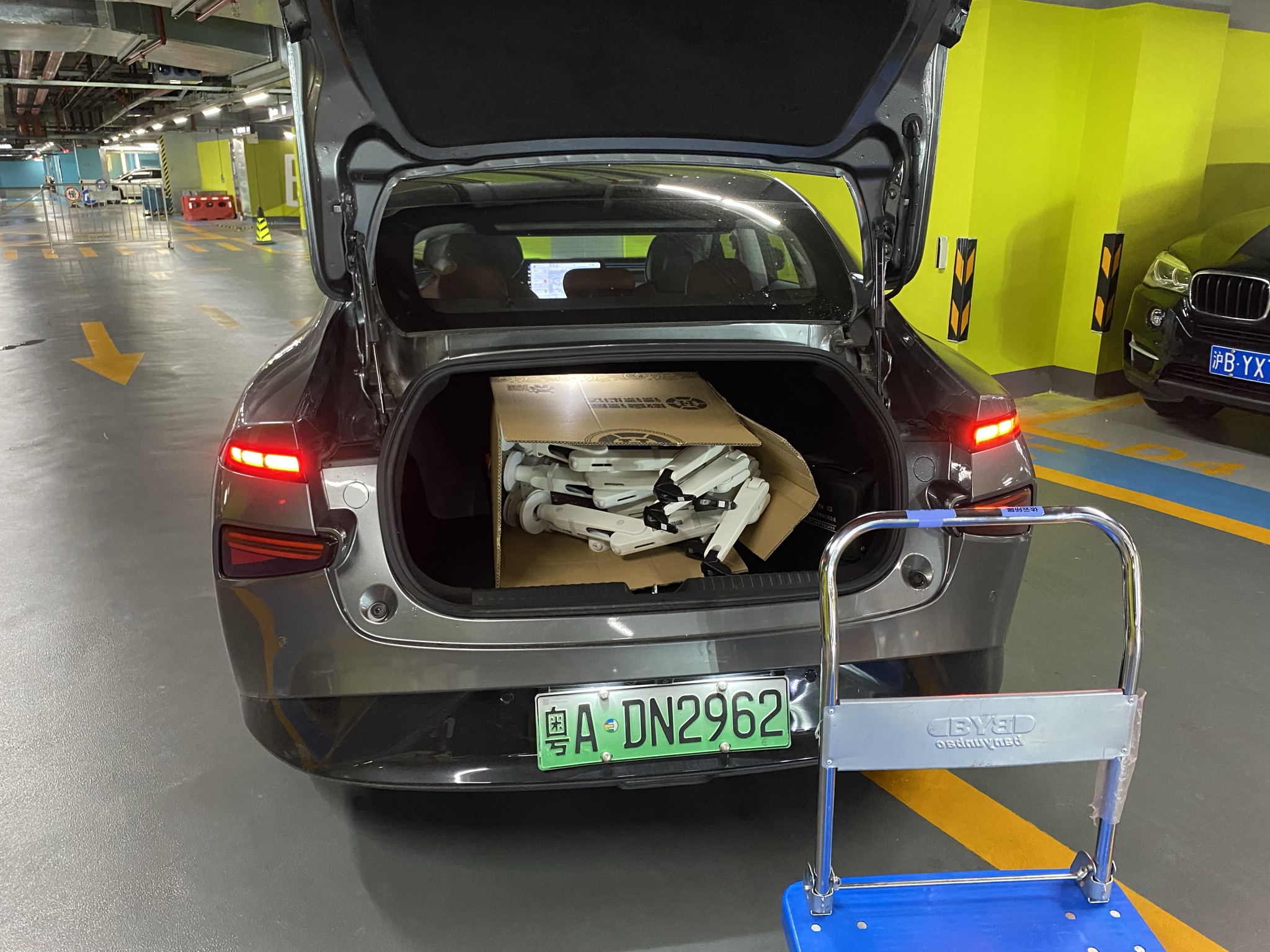
Now let’s talk about endurance. Whether in “Standard” or “Sport” mode, combined with city and highway conditions, my overall power consumption while driving is 15-16 KWh/100km, and the remaining range of the display combined with WLTP driving cycle is quite reliable. For my usage environment, P7’s endurance ability has reached the level of a gasoline car, even surpassed in some cases. After all, charging infrastructure in many first-tier and many second-tier cities is already quite convenient.
I think P7 is a car that has both advantages and disadvantages. Sometimes it reminds me of stinky tofu; it smells bad, but tastes good. It is obviously not perfect, but it has its attractive side.
This article is a translation by ChatGPT of a Chinese report from 42HOW. If you have any questions about it, please email bd@42how.com.
